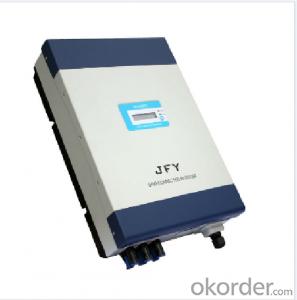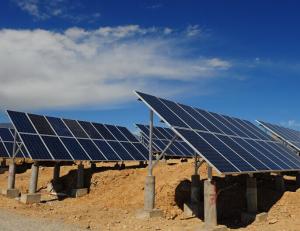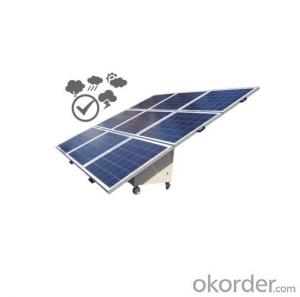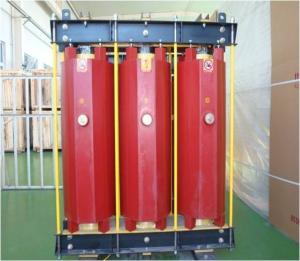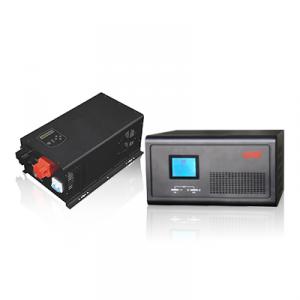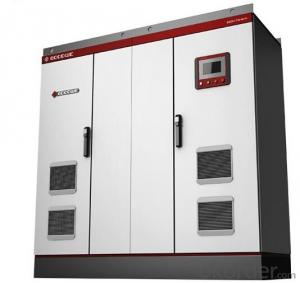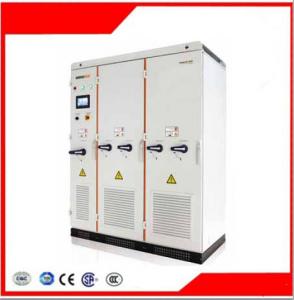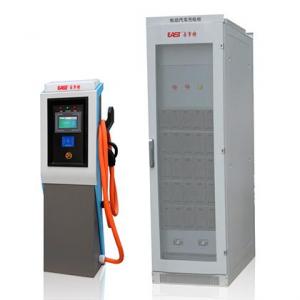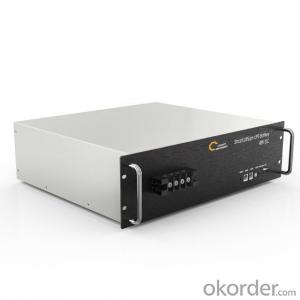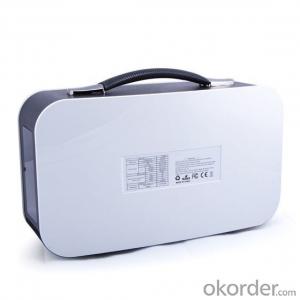Growatt 5000w Solar Inverter
Growatt 5000w Solar Inverter Related Searches
Growatt 5kw Solar Inverter Growatt Solar Inverter 5kw 5000w Solar Power Inverter Solar Inverter 5000w 5000 Watt Solar Inverter Solar Power Inverter 5000w Growatt Solar Inverter 5000 Watt Solar Power Inverter 5000 Watt Inverter Solar China 5000w Solar Inverter Solar Inverter Growatt Growatt Hybrid Solar Inverter 5 Kilowatt Solar Inverter 5000 Watt Solar Inverter Price Growatt 2kw Solar Inverter 500w Solar Inverter Growatt Solar Pump Inverter Growatt Solar Inverter Price 500w Solar Power Inverter 5.5 Kw Solar Inverter 5kw Solar Inverter Solar 5kw Inverter 5kw Solar Power Inverter 500 Kw Solar Inverter Solar Inverter 500w Growatt Solar Inverter Prices Solar Power Inverter 500w 500kw Solar Inverter Solar Power 5kw Inverter 500 Watt Solar InverterGrowatt 5000w Solar Inverter Supplier & Manufacturer from China
The Growatt 5000w Solar Inverter is a high-performance solar power conversion device designed to optimize energy output from solar panels. This advanced inverter features a compact design, high efficiency, and a user-friendly interface, making it an ideal choice for residential and commercial solar power systems. It is equipped with advanced MPPT technology, which ensures maximum power extraction from solar panels under varying environmental conditions, thereby enhancing the overall energy yield of the solar system.The Growatt 5000w Solar Inverter is widely used in various applications, including residential rooftop installations, small-scale commercial projects, and off-grid solar systems. Its versatile design allows for easy integration with different types of solar panels and battery storage systems, making it a popular choice among solar installers and homeowners looking to maximize their solar energy production. The inverter's robust construction and reliable performance ensure a long service life, providing a cost-effective solution for those seeking to harness the power of the sun.
Okorder.com is a leading wholesale supplier of the Growatt 5000w Solar Inverter, offering a large inventory of this high-quality product at competitive prices. As a reputable online platform, Okorder.com ensures that customers receive genuine Growatt inverters, backed by a comprehensive warranty and excellent customer support. By partnering with Okorder.com, customers can benefit from a hassle-free purchasing experience and access to a wide range of solar power solutions, including the Growatt 5000w Solar Inverter.
Hot Products






